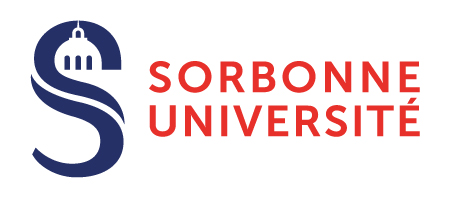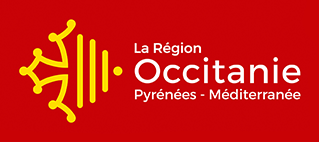 Observatoire Océanologique de Banyuls-sur-Mer
Observatoire Océanologique de Banyuls-sur-Mer

Since its creation, the Oceanological Observatory of Banyuls-sur-Mer has spotted, surveyed and relentlessly recorded the continental and marine environment. Data series acquired on a weekly basis for more than 20 years constitute one of the longest and most comprehensive database available in the Mediterranean sea. The originality of this base is based on the sampling of a single wide-coast gradient on the Gulf of Lion under the influence of continental inputs and general circulation.
"Observe to Watch and Protect" is the motto of BOSS (Banyuls Observation Sea Service).
Observation sites
BOSS is engaged in the long-term observation of coastal and offshore biogeochemistry to understand the natural variability of the ecosystem, the long-term trends that can occur as a function of climate variability and the occurrence of extreme disturbances in short term basis.
High frequency acquisition
BOSS completes its service offer with the implementation of a technological development activity for the marine environment. The aim of this activity is the design and development of complete systems deployed in situ to constitute real marine automated observatories allowing the obtaining of large data sets at high frequency and thus the access to small scale variability complementary to the classical observation by sampling.
SOMLIT

At the national level, BOSS is part of the SOMLIT network (Observation Service in Coastal Environment) created in 1995 and labeled SNO (National Observation Service) by the CNRS/INSU since 1997 to provide a basic description of the environmental characteristics of the French coastal environment. The network currently includes 10 marine stations spread all over the French coast.
MOOSE
BOSS is part of the network of North Mediterranean sea observation sites (marine and atmospheric) called MOOSE (Mediterranean Ocean Observing System for the Environment, founded in February 2008), using data from the MOLA station. The MOOSE observation program is part of CNRS/INSU MISTRALS project (Ocean-Atmosphere projects: HYMEX, MERMEX and CHARMEX) and for the development of operational oceanography (MERCATOR, PREVIMER).
REMIMED

BOSS service offering will soon be enriched in the framework of the development of the REMIMED technology platform (instrumented marine network in the Mediterranean sea) giving access to a high-frequency instrumented marine network to academic and private users. The platform includes means at sea (ships, crewmen, diving service, Rosette / CTD, ROV…), two automated oceanographic buoys and a cabled seabed station. This cabled station will be located on the SOLA site, the historical observation site of the OOB.
SNO BenthOBS

The National Observation Service of Benthic Macrofauna (SNO BenthOBS) was created in 2019. This National Observation Service is still in the process of being set-up in the context of the national Research Infrastructure ILICO "IR ILICO".
Since 1997
2640 analysis / year
10 years of HF acquisition










